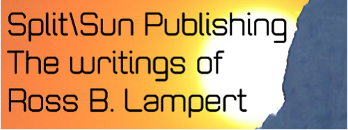“Show, don’t tell.” We writers get told that all the time. ALL the time.
The thing is, neither telling nor showing are wrong, per se. What’s “wrong” is relying on either one too much, or using one technique where the other would be more effective. This is true in character development and revelation as much as it is in any other aspect of writing. Kristen Lamb discusses this here. As a reviewer, you should be looking for whether a writer is using either of these techniques less well than they could.
Let’s take a few examples. Carol’s relationship with boyfriend Bob is everything she hoped and dreamed it would be...
Read More

Recent Comments